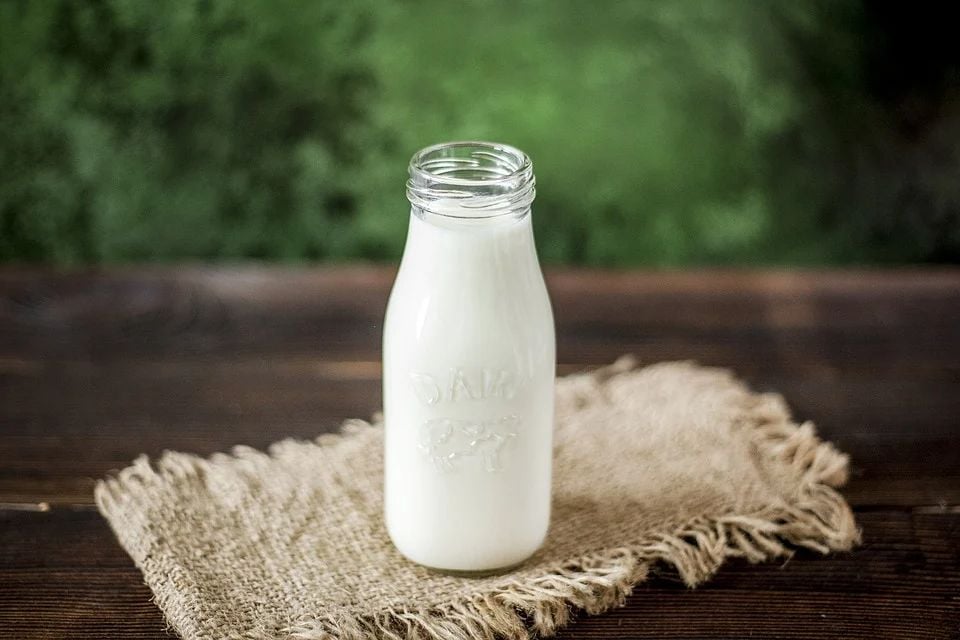We know milk is a nutrient-dense liquid food cultivated by mammals via mammary glands. It serves as the primary source of nutrition for young mammals before they can digest solid food. Yes, this also included breastfed human infants. But did you know that in the 1800s milk was virtually unsafe to consume?
In the 1800s, to improve the appearance and flavor of their milk, US dairy producers would regularly blend it with water, chalk, embalming fluid, and even cow brains. Hundreds of children died due to the contamination.
Who is John Newell Hurty and What is his Advocacy?
John Newell Hurty was born in Lebanon, Ohio. Before graduating from the Medical College of Indiana in 1891, he attended both the Philadelphia College of Pharmacy from 1871 to 1872 and the Franklin Institute from 1871 to 1873. He was a pharmacist, a medical educator, a public health advocate, and a state legislator.
Hurty started as a pharmacist before being hired as the chief chemist for Colonel Eli Lilly’s new drug manufacturing company in Indianapolis in 1873. Many of the plagues of the time, from typhoid to dysentery, were spread due to a lack of sanitation, and Hurty made a point of railing against flies, filth, and dirty fingers.
By the end of the nineteenth century, Hurty had compelled the household staple of milk to be one of his top targets. Back then, the American dairy industry was notoriously irresponsible. It had enraged him to the point where he’d published posters for statewide distribution illustrating the tombstones of children killed by dirty milk.
Even though Hurty’s advocacy persuaded Indiana to pass a food safety law in 1899, many of his colleagues discovered that milk posed a particularly daunting challenge. The milk at the time was either swarming with bacteria or preserved with toxic compounds.
It wasn’t just hazardous bacteria strains that made 19th-century milk unreliable. The worst of these were the numerous tricks used by dairymen to expand their profits. Dairy farmers thinned milk with water which sometimes contained a little gelatin and recolored it turning it into a bluish-gray liquid with dyes, chalk, or plaster dust far too often, not just in Indiana but nationwide. They also made the illusion of rich cream by layering a yellowish layer of pureed calf brains on top.
And the worst of all, once the milk started to sour, dairymen would add formaldehyde, an embalming compound long used by funeral parlors, to stop the decomposition. Hurty was concerned enough that by 1899, he was advocating for the abolition of formaldehyde use, citing with increasing knowledge that the compound could be dangerous even in small doses, particularly to children.
Hurty cited the deaths of over 400 children due to a combination of formaldehyde, dirt, and bacteria in the milk. At last, in 1906 the Federal Pure Food and Drug Act issued that the compound will be banned from the Milk. (Source: Smithsonian Magazine)
What Were the Other Advocacies of John Newell Hurty?
John Newell Hurty was definitely an advocate for public health. He helped enact several laws including, the Pure Food and Drug Act, the Anti-Rat Law, the Sanitary Mattress Law, and the Anti-Tuberculosis Law. He also opposed flies, fought for restaurant sanitation, and advocated for milk pasteurization. Controls on food labels, stream pollution, and sewage disposal were also implemented. (Source: Indystar)
